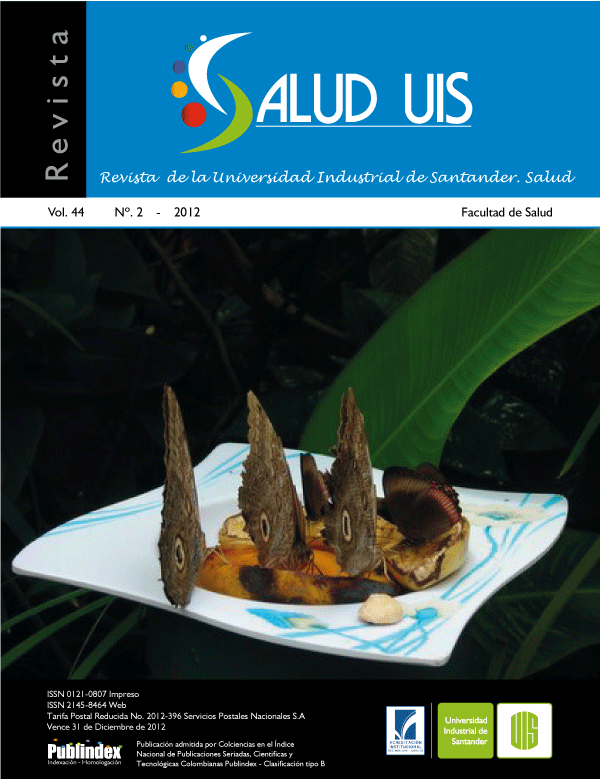Abstract
RESUMEN
Introducción: La educación para la sexualidad hace parte del compromiso de formación integral de las instituciones educativas en Colombia; por eso evaluar características de estos procesos educativos y buscar asociación con cambios en conocimientos, actitudes y prácticas en adolescentes y jóvenes, aporta información para reorientar y enriquecer estrategias y programas en este campo. Metodología: Estudio observacional de corte longitudinal analítico en adolescentes y jóvenes entre 12 y 19 años quienes recibieron un proceso de educación para la sexualidad y tres mediciones de conocimientos, actitudesy prácticas mediante encuesta, previo consentimiento informado. La última medición se hizo dos años después del proceso educativo inicial. En el análisis se buscó la asociación de variables mediante coeficiente de correlación de Spearman, la t de Student o chi cuadrado dependiendo del tipo y características de las variables. Resultados: Grupos de 244, 111 y 139 estudiantes participaron en las mediciones. En conocimientos se encontró diferencia significativa por sexo a favor de las mujeres y mejores conocimientos en el grupo que ha tenido relaciones sexuales, en tanto que las actitudes fueron mejores entre quienes no las han tenido; así mismo se encontró correlación entre actitudes y prácticas. Las técnicas didácticas con significancia estadística fueron el cine-foro para conocimientos y el taller para actitudes. Y como agente educativo solo mostró diferencia el personal de bienestar estudiantil para trabajar las actitudes. Conclusiones: Es necesario continuar desarrollando investigación sobre los procesos de educación para la sexualidad, pues la efectividad del trabajo educativo observado en la persistencia e integralidad de cambiosen conocimientos, actitudes y prácticas aún deja muchos interrogantes. Salud UIS 2012; 44 (2): 21-33
Palabras clave: Sexualidad, Adolescente, Conocimientos, Actitudes y Práctica en Salud, instituciones académicas.
ABSTRACT
Introduction: The education for sexuality is part of the commitment to integral formation made by educative institutions in Colombia; therefore, the evaluation of these features of the educative processes and the search of association with changes in knowledge, attitudes and practices among adolescents and youngsters provide information to guide and enrich strategies and programs in this field. Methodology: Observational and analytical longitudinal study among adolescents and youngsters with age between 12 and 19 years who received an educational process for sexuality and three measures tests of their knowledge, attitudes and practices were taken throughout a inquest, with a previous informed consent. The last measurement was done two years later from the initial educative process. In the analysis the association of variables was sought out using the Spearman correlation coefficient, the Student’s T distribution or chi squared test depending on the type and characteristics of the variables. Results: groups of 244, 111 and 139 students participated in the measuring. In terms of their knowledge a significant difference was found between genders favoring women and the group who has had sexual intercourse; in contrast, the attitudes were best between those who have not had it. Likewise, it was found that there was a correlation between attitudes and practices. The didactic techniques with a statistical significance were the movie forum for knowledge and the workshop for attitudes. As educative agent the students welfare staff was the only that showed a difference when working with attitudes. Conclusions: Since the effectiveness of the educative training observed in the persistence and integrality of changes in knowledge, attitudes and practices still leaves many questions, it is necessary to continue the development of research about the processes of education for sexuality. Salud UIS 2012; 44 (2): 21-33
Key words: Adolescence, sexuality, Health Knowledge, Attitudes, Practice, Schools.
Se autoriza la reproducción total o parcial de la obra para fines educativos, siempre y cuando se cite la fuente.
Esta obra está bajo una Licencia Creative Commons Atribución 4.0 Pública Internacional.
